Meeting No5 - Threshold Pi0 beam energy determination
Comparison of results made with old DB
As mentioned on last week's meeting, we were using two fitting procedures. First was the angle fit, where we fitted all data points from the same target but at different angles. In the second procedure we fitted the data points with different masses (target types) but at the same scattering angle. For each set of data points we calculated the beam energy. The following plot shows together all determined beam energies. The black line represents the mean value.
1.) 
Change of the Transport Maxtrix
Since we were not happy with out results we tried to figure out, where our problems come from. During the debugging process, we also changed the transport matrix with the one that Vince sent last week. Here is the comparison of the results made with the old and new matrix. We can clearly see, that new matrix works much better. Therefore we decided to re-analyze all out measurement with this new matrix. This is still work in progress. So far we were able to analyze all Tantalum runs and few Hydrogens. However, we still have some more runs to analyze.
Tantalum run #2876
2.)  3.)
3.) 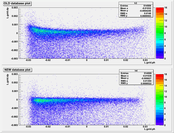
Sieve Slit runs
4.) 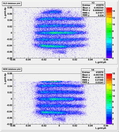
New Tantalum Results:
This plot shows the results for the Tantalum angle fit. If we use the correct functional form to
fit the data, we get that beam energy should in this case be approx. 1193.11 MeV, while the old value was 1193.36MeV. The blue line represent the beam evergy, when we fit the constant function. Its value is 1192.88MeV. The corresponding Tiefenbach value is 1192.36MeV.
5.) 
To-Do:
From the analyzed tantalum runs we can see, that there is no dramatic change in the measured data.
The only thing that we could notice was, that all points moved to lover energies a bit. The changes after the change of the transport matrix should be most prominent for the Hydrogen data. However, from the Hydrogen runs, that we analyzed so far, we haven't seen anything dramatic. The only thing that we could observe was again, as for the Ta data, the constant shift down for approx. 0.3MeV. According to thsese findings this does not solve our problem with the spread of the beam energies from the beginning. Therefore we suspect that there could be something wrong with the energy loss calculation for the Hydrogen. Therefore I dediced to first fit a set of Ta data, then use the result to fit the Hydrogen data, and from there determine the energy loss for the Hydrogen. Then I will use this result fo fit the rest of the data and check what do I get.
All Analyzed Tantalum Runs:
Run #2356
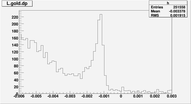
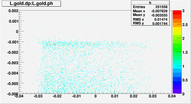
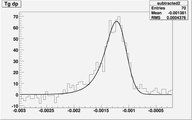
Run #2874
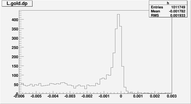
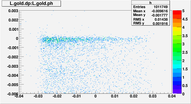
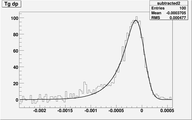
Run #2875
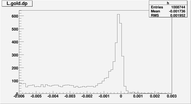
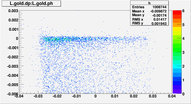
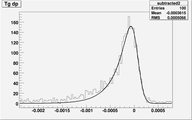
Run #2876
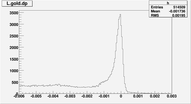
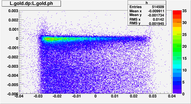
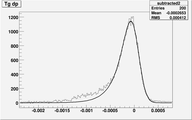
Run #2356
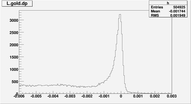
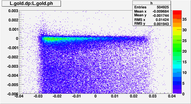
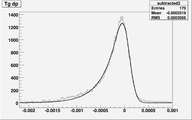
Run #2883
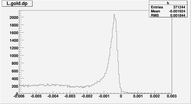
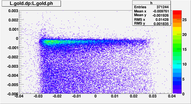
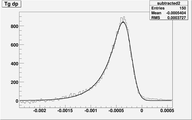
Run #4388
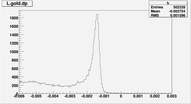
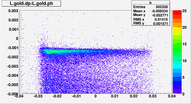
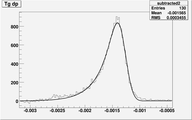
Run #4517
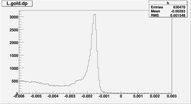
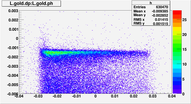
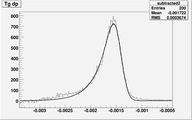
Run #4644
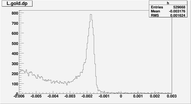
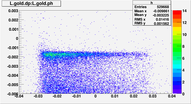
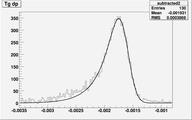
Run #4671
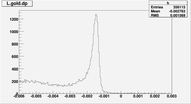
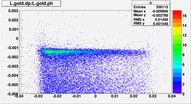
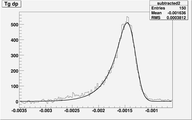
Run #4672
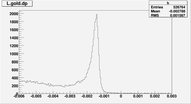
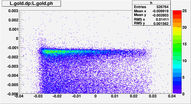
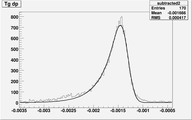
Run #4755
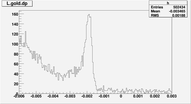
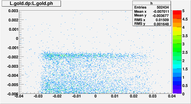
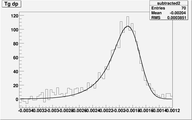
Last modified: 08/10/09

 3.)
3.) 





































